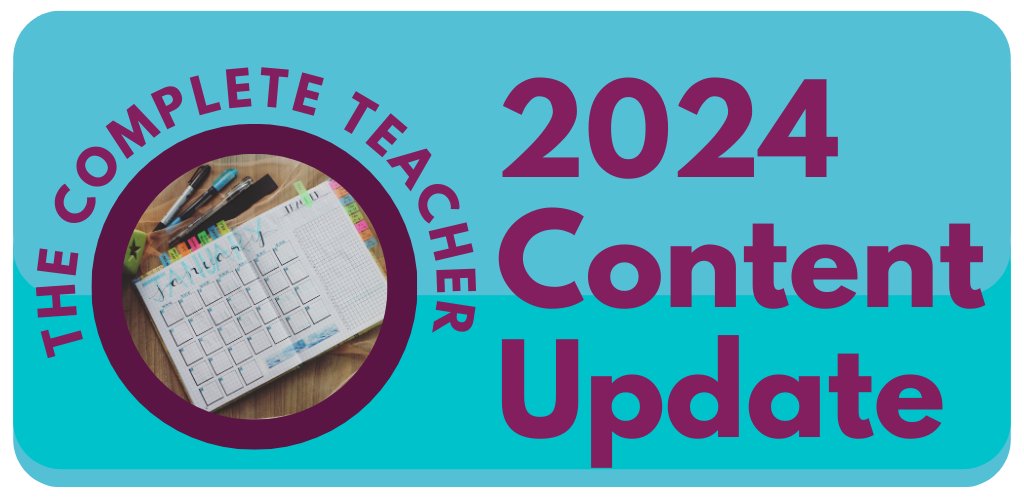The Complete Teacher
Vocational
Professional development - creating meaningful performance assessments

Performance assessment is a viable alternative to norm-referenced tests. Teachers can use performance assessment to obtain a much richer and more complete picture of what students know and are able to do.
Defining Performance Assessment
Defined by the U.S. Congress, Office of Technology Assessment (OTA) (1992), as "testing methods that require students to create an answer or product that demonstrates their knowledge and skills," performance assessment can take many forms including:
- Conducting experiments.
- Writing extended essays.
- Doing mathematical computations.
Performance assessment is best understood as a continuum of assessment formats ranging from the simplest student-constructed responses to comprehensive demonstrations or collections of work over time. Whatever format, common features of performance assessment involve:
- Students' construction rather than selection of a response.
- Direct observation of student behaviour on tasks resembling those commonly required for functioning in the world outside school.
- Illumination of students' learning and thinking processes along with their answers (OTA, 1992).
Performance assessments measure what is taught in the curriculum. There are two terms that are core to depicting performance assessment:
How Do You Address Validity in Performance Assessments?
The validity of an assessment depends on the degree to which the interpretations and uses of assessment results are supported by empirical evidence and logical analysis. According to Baker and her associates (1993), there are five internal characteristics that valid performance assessments should exhibit:
When considering the validity of a performance test, it is important to first consider how the test or instrument "behaves" given the content covered. Questions should be asked such as:
- How does this test relate to other measures of a similar construct?
- Can the measure predict future performances?
- Does the assessment adequately cover the content domain?
It is also important to review the intended effects of using the assessment instrument. Questions about the use of a test typically focus on the test's ability to reliably differentiate individuals into groups and guide the methods teachers use to teach the subject matter covered by the test.
A word of caution: Unintended uses of assessments can have precarious effects. To prevent the misuse of assessments, the following questions should be considered:
- Does use of the instrument result in discriminatory practices against various groups of individuals?
- Is it used to evaluate others (e.g., parents or teachers) who are not directly assessed by the test?
Sign in to add your comment.
Shortcuts

Click here to explore our 2024-themed content calendar, which allows you to navigate content by month and discover our collection of popular resources and blogs.
We also encourage you to explore our 2023 page by clicking here,

Become a member of the staffroom today and access free coaching sessions for educators. Visit the community!

New resources on entrepreneurship in schools are available.
Visit the page to access and download free resources.
To explore the resources, click here.

Explore here.
If you would like to be part of our community, please click on the link provided.
.



